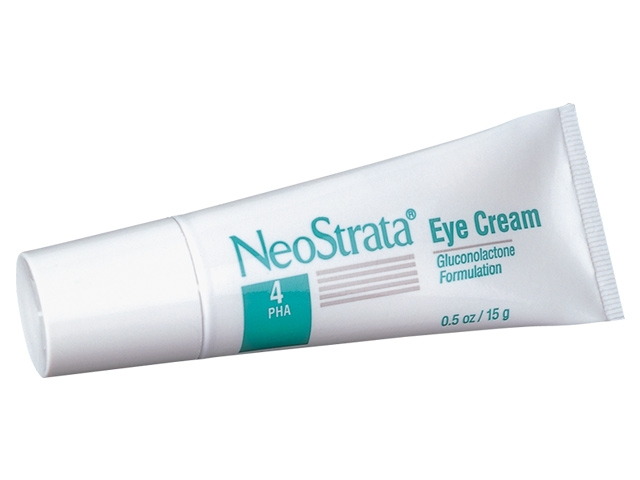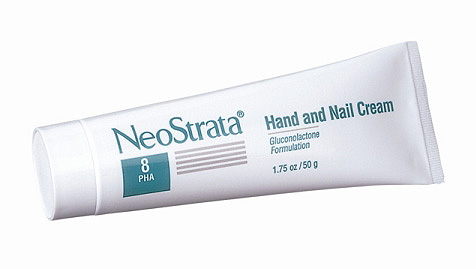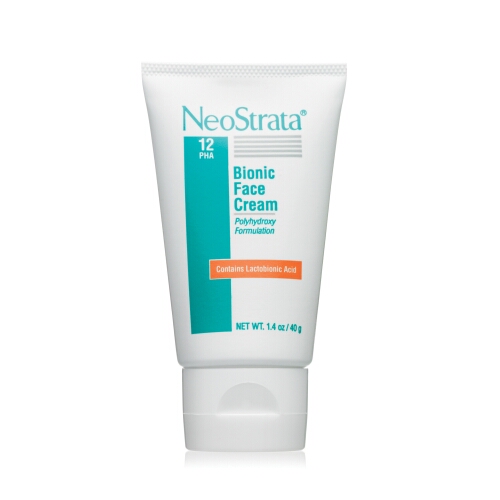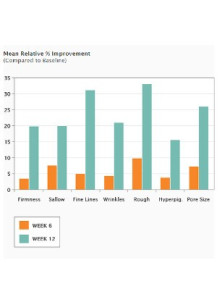Natural PHA (Gluconolactone)
PHA (PHA) from corn for exfoliation With a molecule larger than the AHA group, making it less irritating like AHA (such as Glycolic Acid, Lactic Acid)
PHA (PHA) from corn for exfoliation With a molecule larger than the AHA group, making it less irritating like AHA (such as Glycolic Acid, Lactic Acid)
Gluconolactone (PHA) For exfoliation With a molecule larger than the AHA group, making it less irritating like AHA (such as Glycolic Acid, Lactic Acid)
Gluconolactone Is a pHA acid Derived from corn With curing / fermentation processes (Fermentation) is 100% natural.
When compared between PHA and AHA, PHA was found to exfoliate the skin more gently than AHA, not irritating the skin. It does not peel or burn the skin (redness / burn when used in appropriate doses). However, PHA has less exfoliation effect. Should be used in a formula that exfoliates as a secondary component. Such as skin care formula / general wrinkle reduction Who want to see results faster By accelerating the skin cell turnover Without wanting to cause skin irritation Or do not want the user to feel that the skin cells in the formula (if using AHA will feel when applied on the skin Such as a slight feeling like ants biting lightly)
Please find detailed PHA experimental results in the brochure and on the website of the PHA research / development company: Neostrata / USA
IMPORTANT: PHA has an acidity similar to AHA, therefore pH should be measured and adjusted accordingly in the formulation used.PHA will dissolve approximately 2 hours after dissolution in water, so it is best to wait for complete dissolution before pH measurement ( It takes about 120 minutes at room temperature, approx. 20-25 degrees)
The company sells different types of Hydroxy Acids that can exfoliate the skin. And moisturize the skin as follows
1. Conventional Lactic Acid (Liquid, 88% concentration) has a strong smell.
2. Special grade Lactic Acid, odor free. ( Liquid, 90% concentration) has a very mild odor.
3. Glycolic Acid (Powder, purity> 99%)
4. Gluconolactone or PHA (Powder, purity> 99%)
5. Lactobionic Acid (Powder, purity> 99%)
6. Mandelic Acid (Powder, purity> 99%)
7. Capryloyl Salicylic Acid or LHA (Powder, purity> 99%)
(Excluding the Salicylic Acid group, which the company has a wide range of distribution Please see more information in the Salicylic Acid range, which are focused on helping to dissolve clogged pimples.)
Usage: For all kinds of products Who want to exfoliate the skin
Mixing method: The formula should have a pH in the range of 3.4-4.5, if the pH is higher, the exfoliation efficiency will decrease accordingly.
Rate of use: 1-15% (FDA) according to the ASEAN FDA standard does not control the concentration of PHA in cosmetics, but controls the pH in cosmetics, not below 3.5, if PHA is used in high concentrations Will have to control and adjust the pH value not lower than the FDA)
Product characteristics: White powder with acidity
Solubility: Can dissolve in water
INCI Name : Gluconolactone
Examples of products using PHA in different concentrations
(Since the developer of PHA is Neostrata / USA, it is now the main company that uses PHA in various product formulations.)

Eye Cream - PHA 4%

Hand / Nail Cream - PHA 8%

Face Cream - PHA 12%
| Mechanism | - |
| Appearance | - |
| Longevity | - |
| Strength | - |
| Storage | - |
| Shelf Life | - |
| Allergen(s) | - |
| Dosage (Range) | - |
| Recommended Dosage | - |
| Dosage (Per Day) | - |
| Recommended Dosage (Per Day) | - |
| Mix Method | - |
| Heat Resistance | - |
| Stable in pH range | - |
| Solubility | - |
| Product Types | - |
| INCI | - |
Purchase History for
Cart
No products



